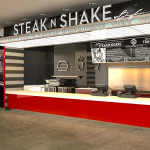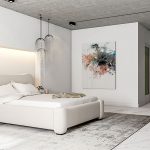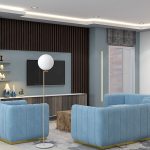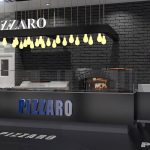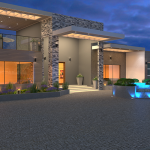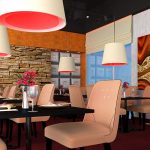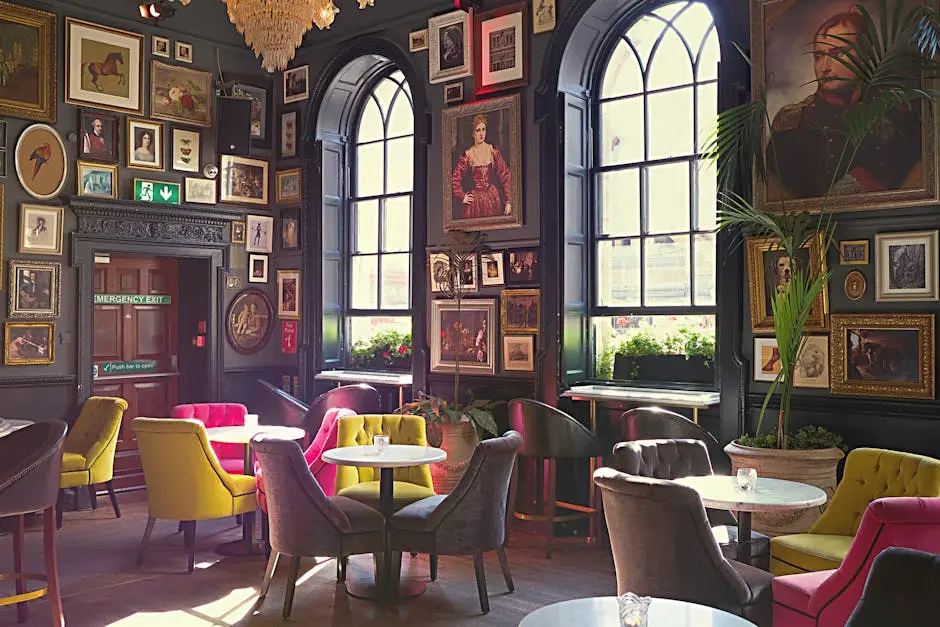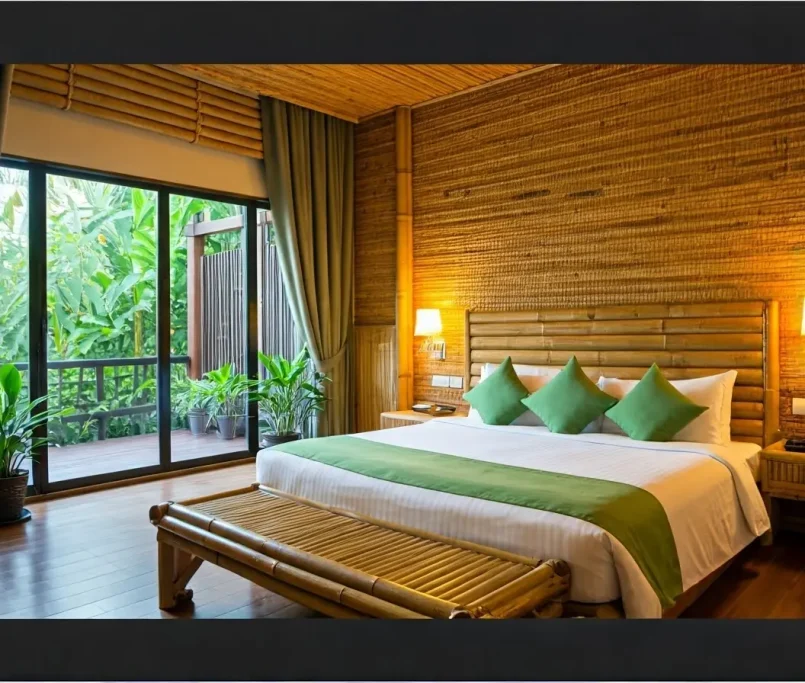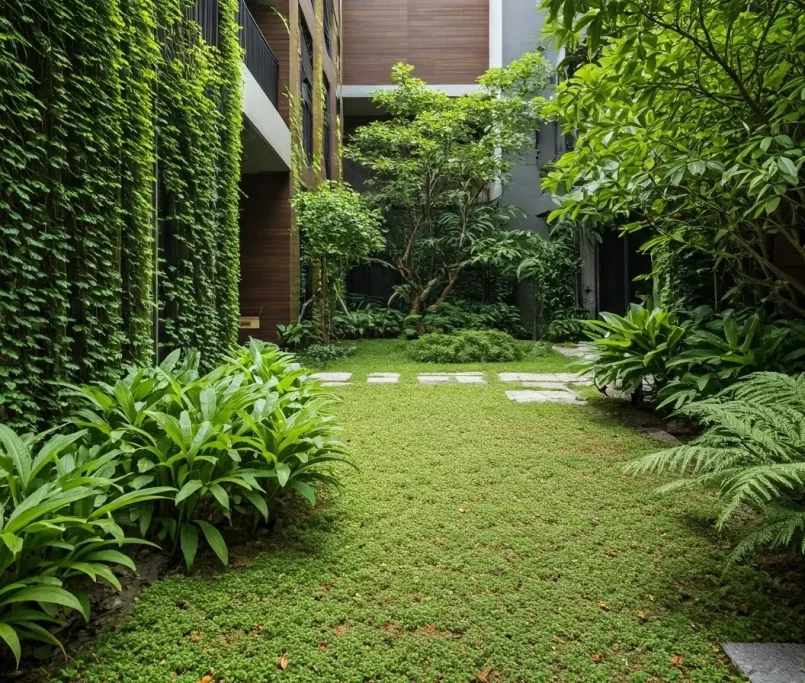12 Restaurant Design Mistakes to Avoid, According to Expert Consultants
Opening a restaurant is an exciting venture, but the design of your space can make or break the dining experience for your patrons. To help you navigate the complexities of creating the perfect ambiance, we’ve consulted with top restaurant design consultants to bring you a list of common pitfalls. Avoiding these mistakes can set your establishment apart, ensuring that your guests not only enjoy their meals but also the environment they’re in.
In the realm of interior design, it is not uncommon to focus primarily on visual aesthetics while overlooking the importance of acoustic design. However, neglecting the acoustic aspects of a space can lead to issues such as poor sound quality, echoes, and noise disturbances. Taking the time to consider acoustic design can greatly enhance the overall experience within a room. Robert Ancill, CEO of the TNI Group says; ‘From choosing the right materials for walls, floors, and ceilings to strategically placing furniture to help with sound absorption, every decision can make a difference in how sound interacts within a space. Integrating acoustic considerations into the design process from the beginning can result in a more functional and enjoyable environment for its guests’.
In the realm of interior design, it is not uncommon to focus primarily on visual aesthetics while overlooking the importance of acoustic design. However, neglecting the acoustic aspects of a space can lead to issues such as poor sound quality, echoes, and noise disturbances. Taking the time to consider acoustic design can greatly enhance the overall experience within a room. From choosing the right materials for walls, floors, and ceilings to strategically placing furniture to help with sound absorption, every decision can make a difference in how sound interacts within a space. Integrating acoustic considerations into the design process from the beginning can result in a more functional and enjoyable environment for its occupants.
When we think of restaurant atmosphere, what often comes to mind is the visual: the decor, the seating arrangement, and the lighting. However, one common mistake that many overlook is ignoring the acoustic design. According to restaurant design consultants, the sound environment of a restaurant can deeply influence a customer’s dining experience. Excessive noise can overwhelm diners, while too little can stifle the natural ambiance. Effective acoustic design can help manage sound levels, ensuring that conversations can flow smoothly without the intrusion of kitchen noise or neighboring tables.
Implementing acoustic solutions doesn’t have to compromise your restaurant’s aesthetic. There are a variety of materials and designs that can subtly integrate into your overall decor, such as acoustically absorbent panels, carpets, or even foliage. These elements work to dampen noise, preventing it from bouncing around hard surfaces. Consulting with an expert in restaurant design can help identify specific strategies tailored to your space, creating an environment where sound complements rather than detracts from the dining experience.
2. Overlooking the Importance of Lighting
Lighting in any restaurant serves two main functions: functionality and ambiance. Missteps in lighting design can lead to a dimly lit space where patrons struggle to read the menu or an overly bright setting that lacks intimacy. Restaurant design consultants emphasize the power of lighting in creating the right mood and enhancing dining experience. Layering different types of lighting, from ambient and task to accent, allows for flexibility in setting the mood throughout the day and for various events.
3. Choosing Form Over Function
It’s tempting to prioritize aesthetics over practicality when imagining your dream restaurant. Yet, an all-too-common pitfall is choosing form over function, leading to beautiful spaces that don’t meet operational needs. Restaurant design consultants highlight the importance of a design that supports both the staff’s workflow and the guests’ comfort. For instance, a visually stunning chair loses its appeal if guests can’t comfortably sit through a meal. Similarly, a picturesque bar that doesn’t accommodate all the necessary equipment can hamper service efficiency.
4. Neglecting Bathroom Design
The design of a restaurant’s bathroom may not be the first thing that comes to mind, but it plays a significant role in the overall customer experience. Neglecting bathroom design can leave a negative impression, overshadowing even the most delightful dining experience. Incorporating thoughtful touches, such as ample lighting, clean lines, and quality materials, can convey a message of care and attention to detail. A restaurant design consultant can guide you in crafting a bathroom space that aligns with the rest of your establishment’s ambiance, ensuring a coherent and comfortable experience for all guests.
5. Poor Layout Planning
One of the critical steps in restaurant design that’s often underestimated is the layout planning. An efficient layout ensures smooth operation, from kitchen to table, and enhances customer satisfaction by reducing wait times. Conversely, a poorly planned layout can lead to bottlenecks in service, cramped seating areas, and an uncomfortable dining environment. Engaging with a restaurant design consultant early in the planning process can provide invaluable insights into optimizing your space for both operational efficiency and customer comfort.
6. Underestimating the Entryway
The entryway of your restaurant sets the tone for your guests’ dining experience the moment they step in. An inviting entrance can allure passersby and build anticipation, while a neglected entryway can detract from your restaurant’s appeal. By underestimating its importance, you might miss an opportunity to make a memorable first impression. Thoughtful elements like warm lighting, visible signage, and comfortable waiting areas can transform your entryway into an inviting prelude to the dining experience awaiting your guests inside.
7. Skimping on Quality Materials
In an attempt to cut costs, some restaurant owners make the mistake of skimping on quality materials for both construction and decor. Although budget constraints are a real concern, investing in quality materials can save money in the long run through durability and timelessness. High-quality materials can also elevate the ambiance of your restaurant, contributing to a more luxurious dining experience. Consulting with a restaurant design expert can help you discern where to allocate your budget to maximize both aesthetic appeal and long-term value.

